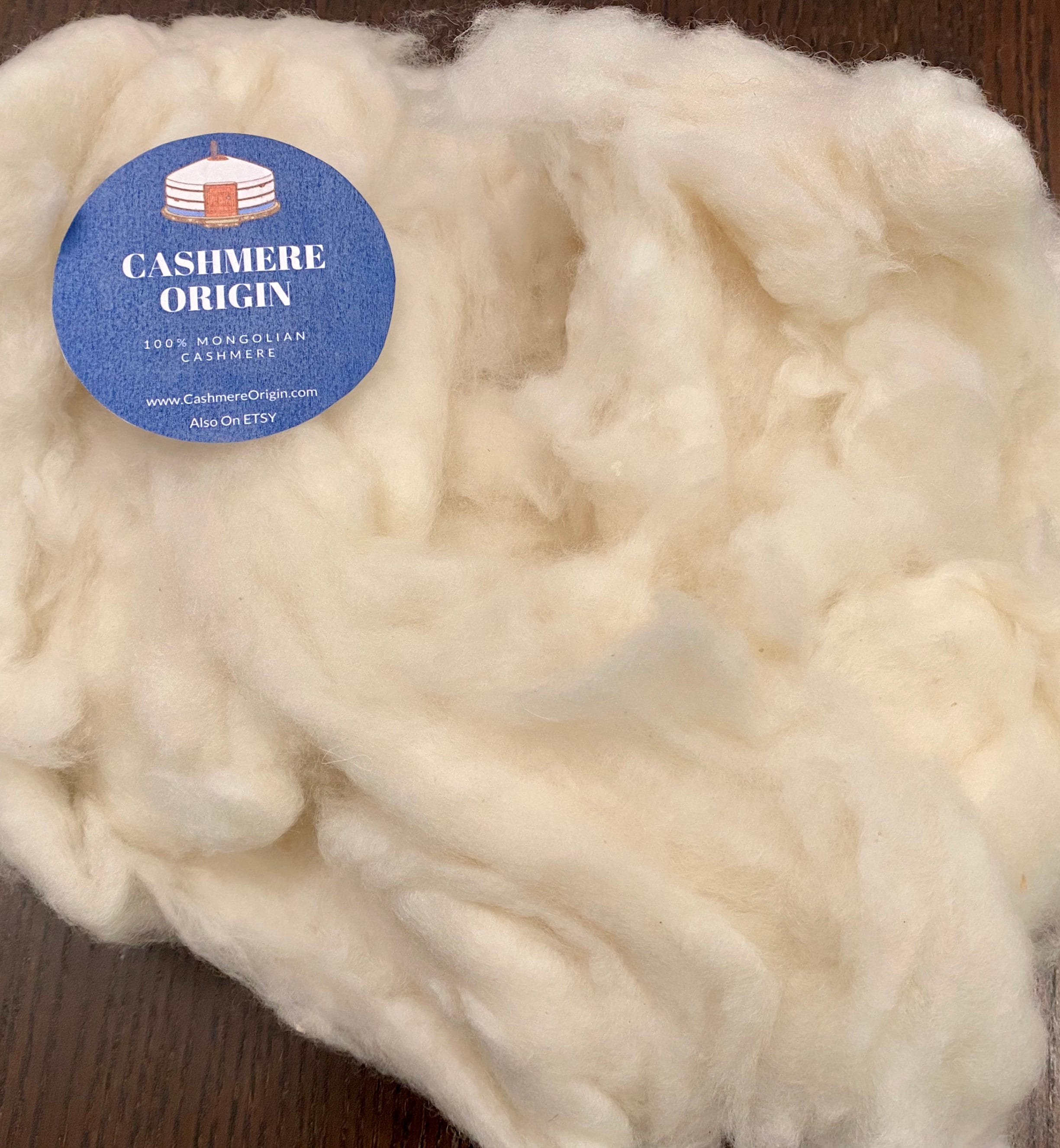Reasons You Need To Require Cashmere an All-natural Fiber for Comfort and Beauty in Everyday Use
In the world of fabrics, few fibers measure up to the deluxe and comfort of cashmere. This special material, known for its premium soft qualities and insulation, gives unequaled comfort and beauty for everyday wear. What sets it apart from various other fibers? How does it impact the setting and just how does it compare to artificial choices? In addition, just how can one best utilize cashmere to boost their design? These intriguing questions lay the foundation for an enlightening exploration into the world of cashmere.
Comprehending the Luxurious Nature of Cashmere

Evaluating the Convenience Aspect of Cashmere Wardrobe
Cashmere's distinct fiber structure allows for breathability, regulating temperature level and preventing getting too hot. Cashmere's hypoallergenic residential properties likewise contribute to its comfort, making it an optimal selection for sensitive skin. In essence, the convenience of cashmere is obtained from its gentleness, breathability, durability, hypoallergenic nature, and adaptability.

The Ecological Effect and Sustainability of Cashmere
While the convenience and sophistication of cashmere are certainly enticing, it's similarly important to consider its connection with the environment. Cashmere manufacturing, mainly in Mongolia and China, involves elevating cashmere goats, which can considerably strain vulnerable grassland ecological communities because of overgrazing. This can result in desertification, a pushing environmental issue. Additionally, the processing of cashmere, involving coloring and washing, can likewise add to water pollution if not effectively handled. Efforts are being made to develop sustainable cashmere production methods, such as rotational grazing and cleaner handling strategies. Therefore, while cashmere has environmental impacts, its sustainability greatly depends upon manufacturing practices.
Contrasting Cashmere to Artificial Fibers: A Cost-Benefit Evaluation
Despite its anchor environmental obstacles, cashmere offers an unique collection of benefits over synthetic fibers. Cashmere's natural fibers supply unrivaled gentleness and heat, translating right into convenience that artificial fibers struggle to match. Unlike artificial fibers, cashmere doesn't add to microplastic air pollution, making it a more lasting option.
Styling Tips With Cashmere for Everyday Beauty
Having actually taken into consideration the cost-benefit analysis of cashmere compared to synthetic fibers, it becomes clear why this extravagant material is a preferred choice for lots of. his explanation When styling cashmere for day-to-day style, simpleness is key. A cashmere coat, for circumstances, can be coupled with customized pants or a streamlined skirt for a posh, put-together look - cashmere fibre. For a more casual ensemble, a cashmere cardigan put on over a simple t-shirt and jeans shows effortless design. Accessories can additionally boost the look: a statement necklace or headscarf can include a pop of shade to a neutral cashmere item. Eventually, the fundamental style of cashmere makes it a functional addition to any kind of closet, easily boosting everyday attire with a touch of high-end.

Final Thought
In summary, the amazing residential properties of cashmere make it a beneficial addition to any wardrobe. Its lavish feeling, convenience, versatility, and breathability to varying temperature levels are exceptional. On top of that, cashmere's sustainability and lower ecological influence compared to artificial fibers further improve its appeal. The classic elegance of cashmere, combined with its convenience, adds refinement to day-to-day wear. Investing in cashmere garments is a rewarding decision for design, comfort, and sustainability.
